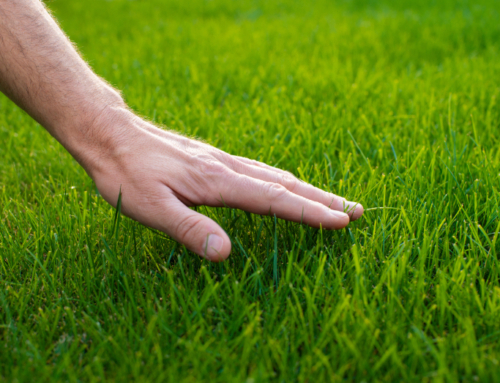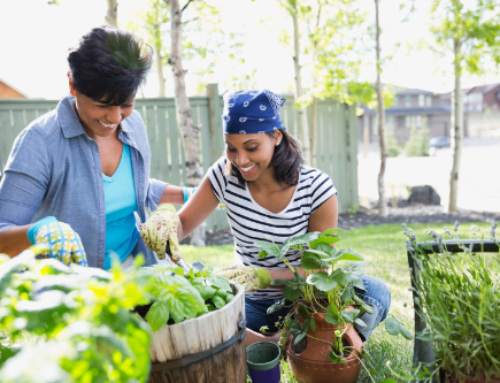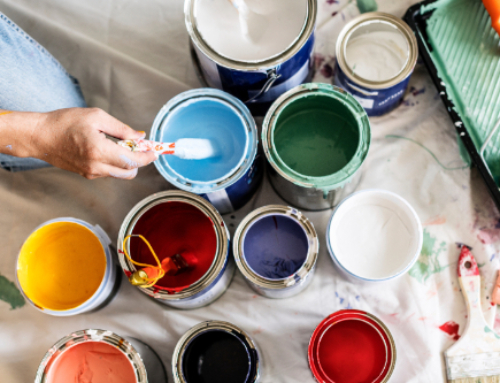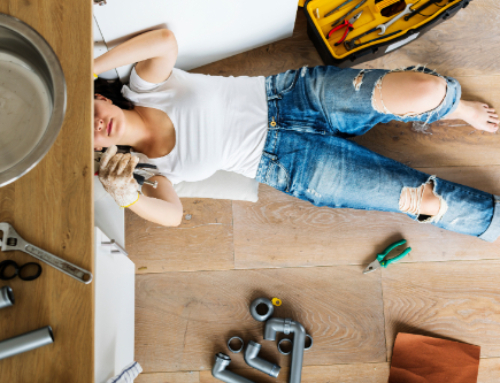Gardening is not as straightforward as we would it to be. To be successful, there is much you need to know and decide. Running out and getting seeds and plants before you are ready will only end is a lot of dead plants. While there is a lot to learn, some things should be looked at first, no matter what you are looking to grow. These tips can get you started. Then you can spend more time diving into the gardening areas that interest you the most.
The Sun
Not all areas of your yard are created equal. If you have the space to be picky about where you plant your garden, you should consider a few things. One thing is the amount of sun the plot of land will receive throughout the day. If it is too shady of an area, plants will not get enough sunshine to thrive. Most vegetables need at least six hours of sunlight. On the other side, if it is in the sun all day long and you live in a hot environment, it may be too much sun. Before deciding on your perfect location. Those without the choice may need to think about creating shade.
Soil
The dirt from your backyard is not conducive to growing the plants you want in your garden. Unless you are looking only to grow weeds. The soil needs to be freshened up each year before you begin to plant. There is a lot of advice out there on what the best soil is. Someone at your local hardware store could direct you to the best they have to offer. If you want to do your homework before heading out The Spruce has come up with a guide. They give their opinion on how to achieve the best garden soil for your fruits and vegetables.
Zone
The USDA has created a map of Hardiness Zones. And it would help if you found out what your zone is before buying your seeds and plants. While seeds are available everywhere, they will not all do well. Depending on your zone, there is a list of fruits and vegetables that will do well in your area. Why plant something that is doomed to fail? On the back of most seed packets, a map shows the best areas and the best time to plant. Not all should be planted at the same time. Take a look at the USDA’s Hardiness Map to help you plan out your garden plot.
Time
Before planting, make sure you have the time to dedicate to a garden. A large garden may not be the best investment if you travel a lot. While it can be a relaxing activity to water and care for a garden, it can also be time-consuming. Without the proper care, it will not succeed in the way you wish it to.
Start making your list to create the garden of your dreams.





